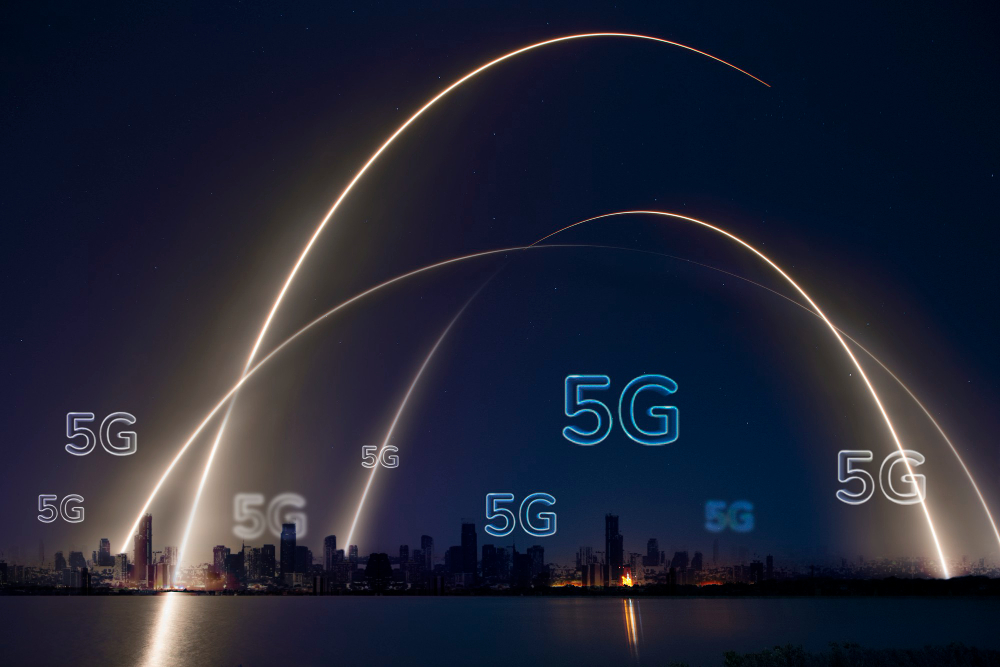5G and Beyond: How Ultra-Fast Networks Power Smart Tech
The rollout of 5G marked a major leap in mobile connectivity — delivering higher speeds, lower latency, and the ability to connect massive numbers of devices. But the real story is how 5G (and the networks that follow) become the backbone for intelligent, real-time systems: powering IoT, autonomous vehicles, immersive experiences, and next-generation industrial automation. This article explores what ultra-fast networks enable today and where they’re taking smart technology tomorrow.
What is 5G (and what comes after)?
5G is the fifth generation of cellular networks, built to support three main pillars: enhanced mobile broadband (eMBB), ultra-reliable low-latency communication (URLLC), and massive machine-type communications (mMTC). "Beyond 5G" and early 6G research focus on even lower latency, higher reliability, wider bandwidths (including terahertz research), and native AI integration.
- eMBB: Faster download/upload speeds for rich media and cloud services
- URLLC: Real-time control for mission-critical systems (robots, vehicles)
- mMTC: Support for millions of IoT devices per square kilometer
Key capabilities that enable smart tech
Ultra-fast networks aren’t just about raw speed — they provide a set of technical capabilities that unlock new use cases.
- Low latency: Near-instant round-trip times make remote control and haptics possible
- High throughput: Supports high-resolution streaming, AR/VR, and real-time analytics
- Network slicing: Creates virtual networks with customized performance and security
- Massive connectivity: Enables dense IoT deployments for sensors and actuators
- Edge integration: Distributes compute near devices to reduce latency and bandwidth use
How 5G powers smart industries
From consumer experiences to critical infrastructure, ultra-fast networks are already reshaping multiple sectors.
- Smart Cities: Real-time traffic management, connected lighting, and environmental monitoring at scale
- Autonomous Vehicles: Low-latency V2X communication improves safety and coordination
- Industrial Automation: Remote robotics, predictive maintenance, and synchronized manufacturing lines
- Healthcare: Remote surgery, real-time diagnostics, and continuous patient monitoring
- AR/VR & Immersive Media: Cloud-rendered experiences and live volumetric streaming with minimal lag
- Smart Retail & Logistics: Real-time inventory tracking and personalized in-store experiences
Challenges and considerations
While the benefits are significant, deploying and operating ultra-fast networks comes with technical, economic, and social challenges that must be addressed.
- Infrastructure costs: Densification (more small cells) increases CAPEX and OPEX
- Spectrum allocation: High-bandwidth spectrum is limited and requires regulatory coordination
- Security & privacy: More connected endpoints expand attack surfaces and data risks
- Energy consumption: Dense networks and edge compute can increase power needs — sustainability matters
- Interoperability: Integrating legacy systems with modern network slices and edge platforms
The road ahead: 6G and integrated intelligence
Research into 6G and "beyond connectivity" emphasizes integrated sensing, native AI/ML, and terahertz communication. The future will likely see networks that not only transport data but also provide sensing, prediction, and orchestration capabilities — effectively becoming an intelligent fabric that apps and devices can rely on.
- Native AI: Networks that optimize themselves and anticipate demand
- Sensing + communication: Using radio signals for environmental sensing and localization
- Terahertz research: Explores ultra-high bandwidths for new media and sensing uses
Final thoughts
5G and the networks that follow are more than speed upgrades — they are foundational enablers for a smarter, more connected world. For businesses and designers building smart products and services, understanding network capabilities (and constraints) is essential to unlocking new experiences and reliable systems. As connectivity and compute converge at the edge, the next decade promises transformative innovations that will redefine how we live, work, and interact.



